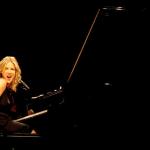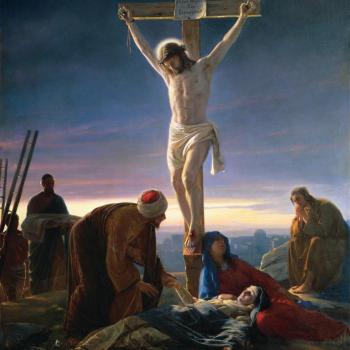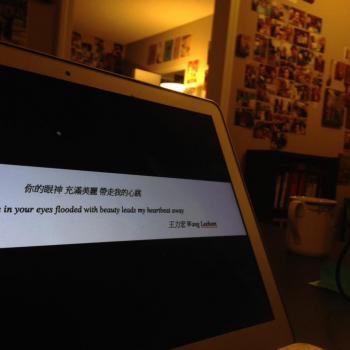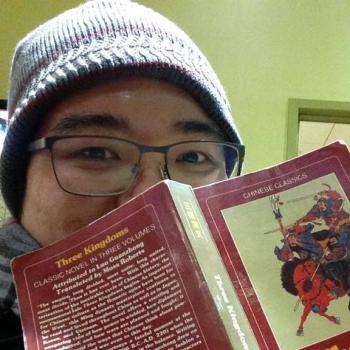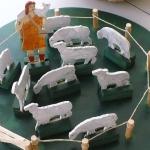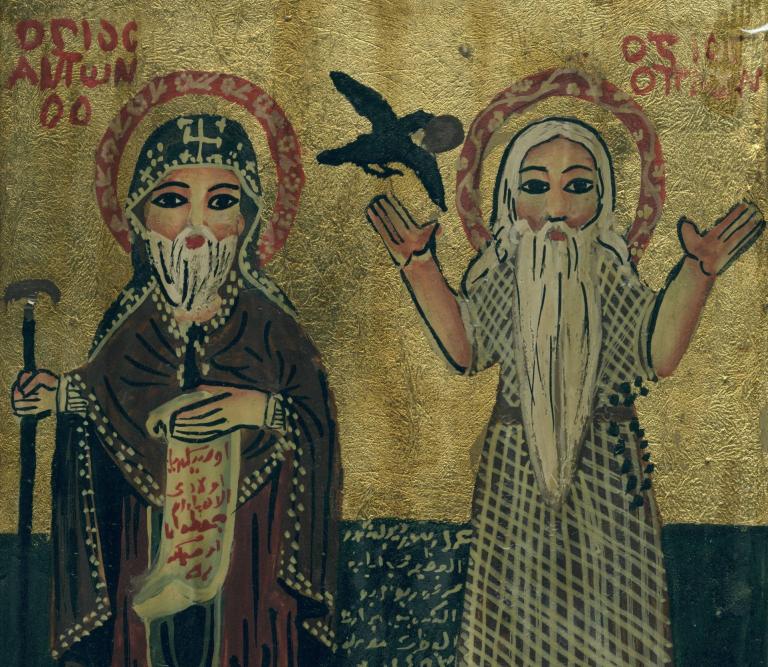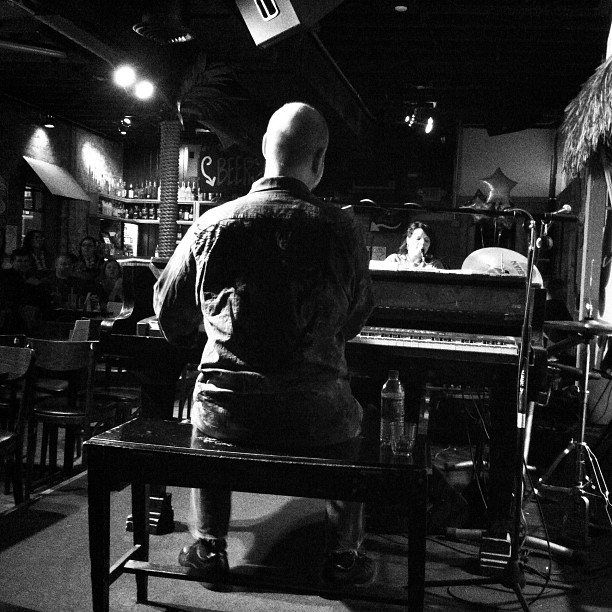
Gould, Page intimates, called it in a game of chicken and won big. His Goldberg Variations became a smash hit and has never gone out of print. Of this wild success, Page audaciously writes: ‘If you were young in the 1950s, and you attended the films of Ingmar Bergman, knew your Sartre and Camus, and followed the daunting stylistic twists and turns from Charlie Parker, Miles Davis and other modern jazz artists, it was more than likely that you were a Gould fan as well.’
I am living over sixty years after the 1950s and am still young, and I too am into Camus and Miles. I am also into Gould. As another writer puts it, his discovery that Bach was cool led him to put Gould’s Goldberg in ‘pride of place on dormitory shelves next to Miles Davis and Billie Holiday, under posters of James Dean.’ I would say that that’s still where Gould is for me.
As with all things musical, I got into the Goldberg Variations – and then Gould himself – through the back door: brass choir. The Canadian Brass had a bit of a turn toward choral music in the early 2000s, and after putting out an album called Sacred Brass in which they had singers accompanying the brass on Palestrina’s Missa Ascendo ad Patrem, they recorded the Goldberg Variations in a church. My piano teacher, one of Gulda‘s old students, told me that she had learned that it doesn’t matter how anyone does Bach, as long as it is in good taste. If Stokowski wanted to go all out with the Philadelphia Orchestra’s huge sound for the Toccata and Fugue in D minor in Fantasia, that was his prerogative. I told her that my piano teacher had given me some Andras Schiff to listen to in an attempt to get me to play the Italian Concerto with some delicacy. She said that that was fine, because Schiff did it in good taste, and other versions were great too. The worst thing was to get stuck in a kind of baroque purism, thinking that you could reproduce the harpsichord on a piano. Harpsichord renditions of Bach are in good taste, as well as clavichord, organ, and piano. I now realize that my piano teacher, who was Catholic, taught me to fight the rad trads from an early age.
I took to playing Bach with gusto. On one hand, I was influenced by the Canadian Brass, who not only had the church recordings of the Goldberg and a rather choral rendition of The Art of Fugue, but also their jazz remixes of some of the preludes and fugues. There was also Wynton Marsalis, who talked up baroque music as a kind of jazz because of the capacity for improvisation and demonstrated it in the finale of In Gabriel’s Garden with a very loud Brandbenburg Concerto No. 2. And then, I was also listening to Hilary Hahn, whose solo violin literally danced.
I was convinced, then, that Bach was jazz, and in the folly of my residual intellectual immaturity, I may even have committed this thought to writing somewhere on the Internet, where it is, as we all know, forever. This insight led to me playing Bach well in the eyes of my piano teacher, though. I got through the ninth prelude in the first book of the Well-Tempered Clavier during one lesson, and she sat back and said: Wow. I have no comments. In the conflation of Bach and jazz, I learned a strange musical freedom.
But the fact is – and I think Tim Page gets this right about Gould – is that Gould is not playing Bach as jazz, not in the 1955 Goldberg and especially not in the 1983 recording of his mature years, the last album he’d ever make. Gould, as those who know his work well will attest, plays Bach as the music of modernity. It is Gould’s articulation of how he feels the modern world. In Gould’s later years, he left the concert hall so that he could make recordings that were, as he saw them, perfect. He would be able to tinker with them, to edit them with mathematical precision, using technology to master what the human person could not accomplish. Someone once said to me that I like Bach because I like math. I do not like math and resented the model minority imposition, but I will concede that Gould liked math and Bach at the same time because for him, both were intensely modern disciplines. This is why there is a life-size statue of Gould outside the Canadian Broadcasting Corporation’s headquarters in Toronto: it is a celebration of the one who believed in the music that could be broadcast in the concert hall of the airwaves.
In my first year of university, I took a class with the Canadian scholar Richard Cavell, who had written a book on Marshall McLuhan that literally served as my introduction to what cultural geography was. It was aptly titled McLuhan in Space: A Cultural Geography. When I wrote my final paper for Cavell, we discussed the elements that I wanted to put in. I had wanted to write about McLuhan and the modern composer John Cage, who is famous for the 4’33” piece in which the pianist simply sits at a piano for four minutes and thirty-three seconds while the audience becomes increasingly frustrated and enraged. I discovered that McLuhan had been Catholic and that his Catholicism was what drove the insight that the medium is the message, that the technological vehicle for mediating messages to us is itself a message about what the world is.
Most people then think that McLuhan is an uncritical celebrant of the modern. But read Understanding Media with this insight, and what emerges is a critique of modernity, beginning with the observation that technology is the ‘extension of man,’ a literal extension of the bodily apparatus. In so doing, technology can take you out of your body. Engaging with technological media is thus an excarnating process. The point of Catholicism is the opposite: it is an incarnating phenomenon, and in the Latin Church that McLuhan was part of, it is centered in the Eucharist. In fact, in The Medium and the Light, McLuhan is portrayed as a kind of traditionalist, excoriating the changes from the Second Vatican Council for changing the medium of the mass and therefore its message of incarnation. The point I tried to make with Cage is that he is doing the McLuhan thing: through the silence of 4’33”, you feel what is happening in your body, and it makes you deeply uncomfortable. I was a hesychast before I knew that the word existed.
Cavell told me that McLuhan and Gould were friends. In fact, Gould would often wander near McLuhan’s office at the University of Toronto, and whenever he did, McLuhan would welcome him in for hours of conversation. Learning this story was how I came to the realization that Gould was also doing the McLuhan thing. He may have celebrated the technological capacity of recording to produce perfection, but that was not his only point. He was saying that audiences have become increasingly formed by the media-message of networked audio. That was the concert hall, the way to reach them at the level of the body. The fact that I can still listen to Gould though he has been dead for over thirty years attests to his genius.
Is this not what Charles Taylor calls a Catholic modernity? Catholic modernity, Taylor says, is what happens when you let the incarnation that is central to a Catholic theological impulse inflect the excarnation of the modern. In fact, it’s no surprise that Taylor would use the term excarnation; he is a Canadian philosopher, and McLuhan and Gould are the ones who have gone before him. A fuller treatment of Canadian philosophy’s indebtedness to modern Catholic theology, including both the liberal multiculturalism touted by Pierre Trudeau and the technological conservatism of George Grant (but excluding the idiocy that is Jordan Peterson), will need to wait for another day. Somehow the Canadian Brass will have to make it into that essay too.
But suffice it to say that each time I listen to Gould’s Goldberg Variations – and especially the one of his mature years in 1983 – I am reminded of McLuhan’s Catholic insight that in a world of technological excarnation, the liturgy that we serve in which the Lord is made present draws us back into our bodies, incarnating us so that we can feel through the music. Ultimately, this is why Gould loved Bach: he is the medium by which modernity is felt in the body so as to relativize the excesses of its technology.
I was nominated by our blog’s former resident Latin Catholic Person, Eugenia Geisel, to do the Facebook Album Art Challenge. Posting the covers gave me some nostalgia that I wish to work through. I am therefore blogging about it too now concurrently. Perhaps Eugenia will do so as well on her blog, Lipstick on My Relics. This is the fourth of ten in the series.

